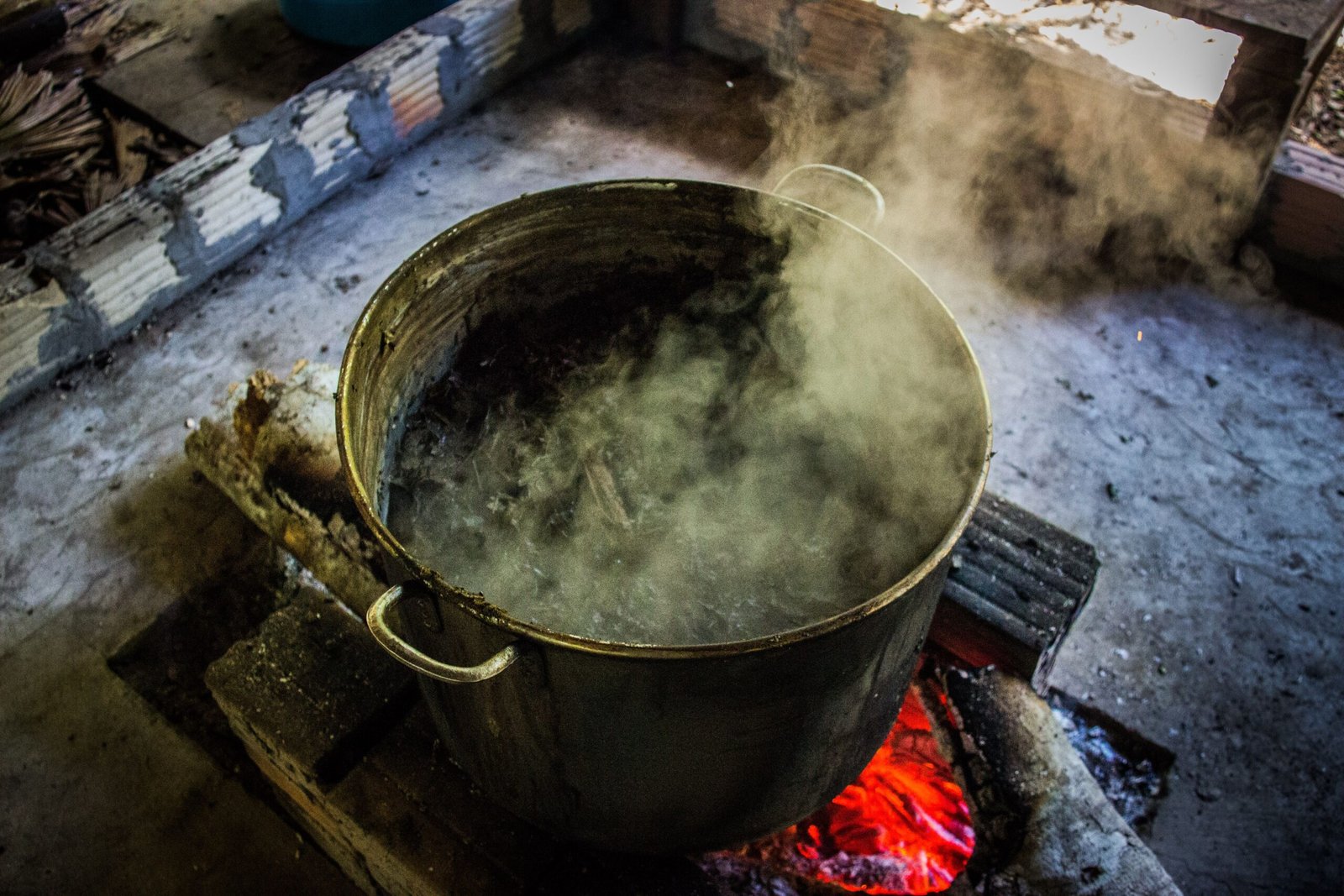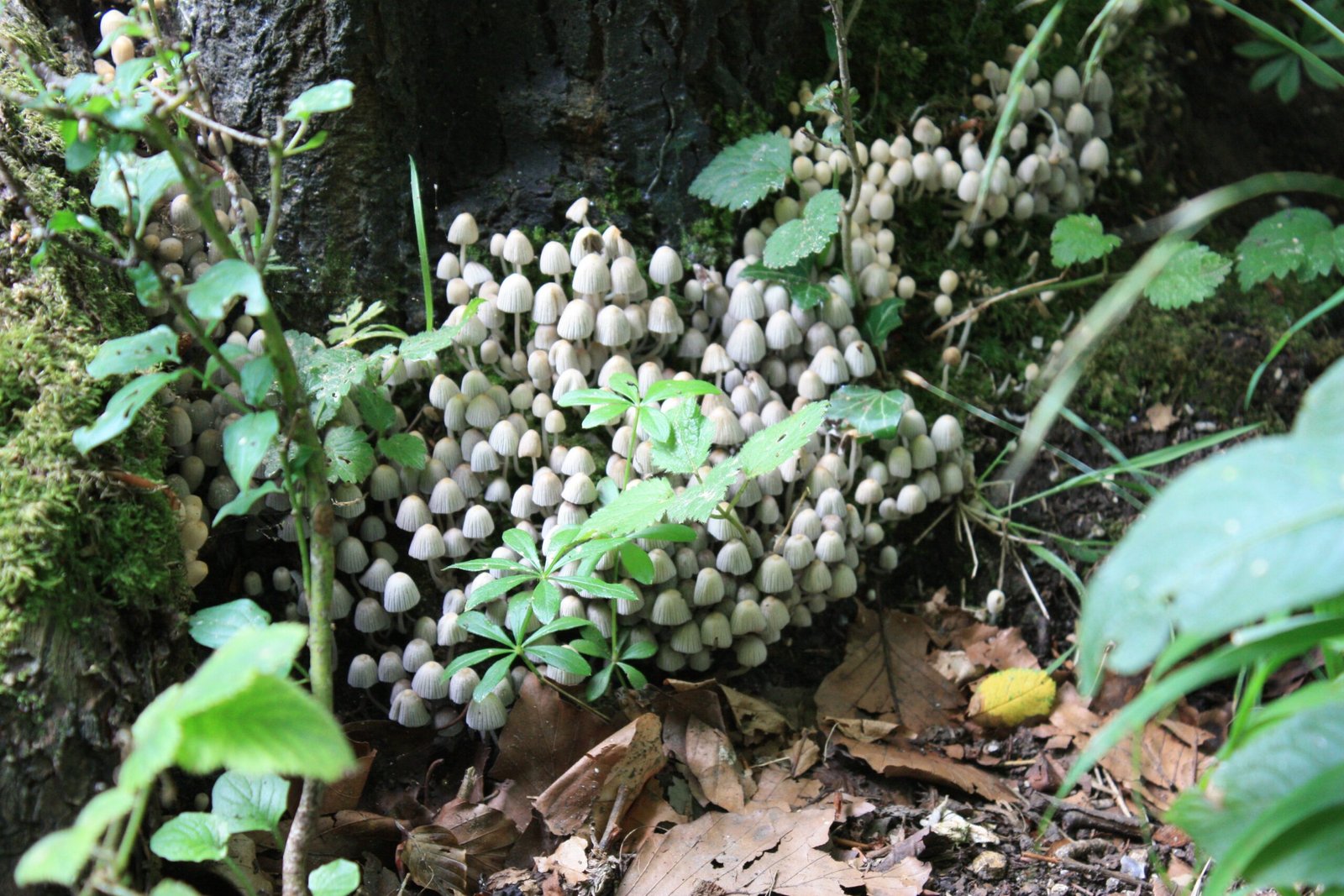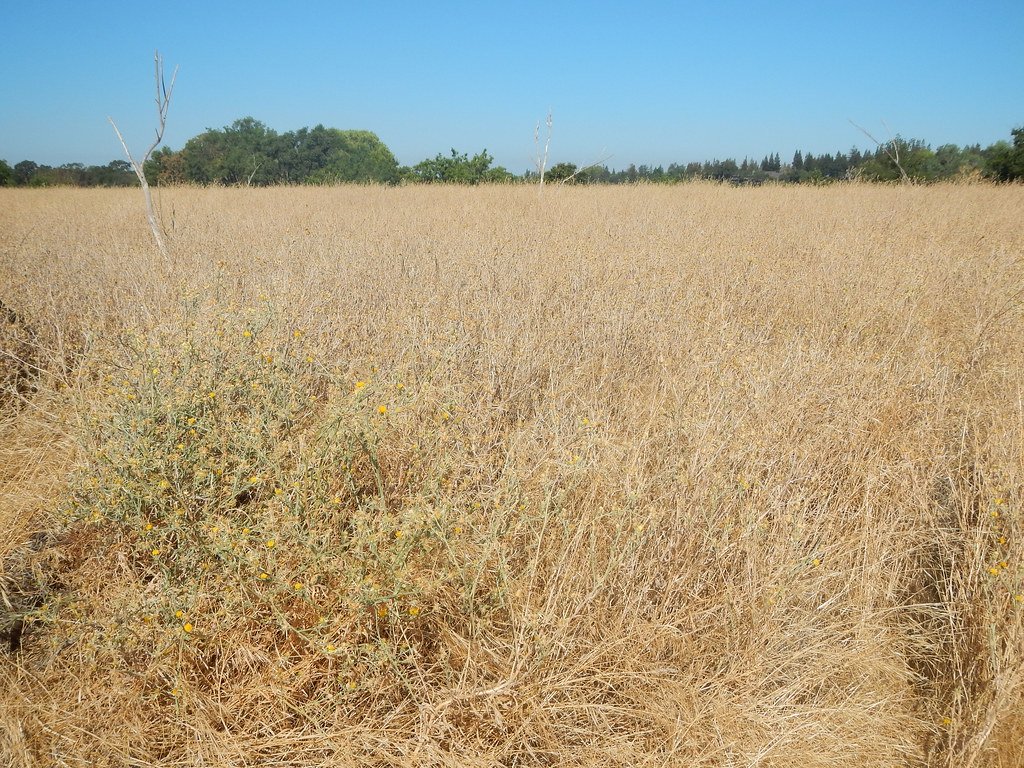In the realm of natural psychedelics, two plant-based substances have garnered significant attention for their profound effects on human consciousness: Ayahuasca and Psilocybin. Both have been used for centuries in various cultural and spiritual rites, yet they affect the brain in distinct ways. These differences are not only fascinating but also crucial for understanding their therapeutic potentials and risks. Let’s delve into the unique characteristics and impacts of these two powerful plant medicines.
What is Ayahuasca?

Ayahuasca is a brew traditionally used in the Amazon basin, composed primarily of the Banisteriopsis caapi vine and the leaves of the Psychotria viridis plant. This concoction is often referred to as “the vine of the soul” due to its potent psychoactive effects. Indigenous tribes have long used it for healing and spiritual exploration. The brew contains DMT (dimethyltryptamine), a powerful hallucinogenic compound, which is activated by monoamine oxidase inhibitors (MAOIs) present in the vine. This combination allows the DMT to be orally active, creating a profound and lengthy psychedelic experience that can last several hours.
Psilocybin: The Magic Mushroom Compound

Psilocybin is the active psychedelic compound found in certain species of mushrooms, commonly referred to as “magic mushrooms.” These mushrooms have been used in religious and cultural ceremonies for millennia across various continents. Unlike Ayahuasca, Psilocybin does not require a complex preparation process. It is often ingested directly, where it is converted into psilocin in the body, a compound that influences the brain’s serotonin receptors. This leads to altered perception, mood changes, and visual or auditory hallucinations. The effects usually last for a shorter duration than Ayahuasca, typically around four to six hours.
The Chemistry Behind Ayahuasca
The chemical interactions in Ayahuasca are a fascinating blend of nature’s alchemy. The DMT present in the Psychotria viridis leaves is a potent psychedelic, but on its own, it is rapidly broken down by enzymes in the stomach. The Banisteriopsis caapi vine contains MAOIs, which inhibit these enzymes and allow DMT to reach the brain. This synergistic interaction is a brilliant example of how different natural compounds can work together to produce a powerful effect on human consciousness. The resulting experience is often described as deeply introspective, with users reporting vivid visions and profound insights.
Neuropharmacology of Psilocybin
Psilocybin’s effects on the brain are primarily mediated through its conversion to psilocin, which resembles the neurotransmitter serotonin. Psilocin binds to serotonin receptors, particularly the 5-HT2A receptor, which plays a crucial role in mood and perception. This interaction leads to the characteristic effects of Psilocybin, including altered states of consciousness, heightened sensory perception, and changes in thought patterns. Studies suggest that Psilocybin can also promote neuroplasticity, potentially offering therapeutic benefits for conditions like depression and anxiety.
Cultural Significance of Ayahuasca
Ayahuasca holds a revered place in the cultural practices of Amazonian tribes. It is often consumed in ceremonial settings led by a shaman, who guides participants through their journey. These ceremonies are seen as a form of spiritual healing, offering participants insights into their lives and connection to the universe. The ritualistic consumption of Ayahuasca is as much about the communal experience as it is about the individual journey. This cultural backdrop is integral to understanding the profound and often transformative effects reported by those who partake in Ayahuasca ceremonies.
Psilocybin in Modern Therapy
In recent years, Psilocybin has gained attention for its potential therapeutic applications. Clinical studies have shown promising results in treating mental health conditions such as depression, anxiety, and PTSD. The psychedelic experience facilitated by Psilocybin can lead to significant emotional breakthroughs and a re-evaluation of personal narratives. Unlike traditional pharmaceuticals, Psilocybin therapy often involves guided sessions that integrate the psychedelic experience into the patient’s therapeutic journey, highlighting the importance of set and setting in achieving positive outcomes.
Psychological Effects of Ayahuasca
The psychological effects of Ayahuasca are often described as intense and transformative. Users may experience a range of emotions, from euphoria to deep introspection. The visions and insights gained during an Ayahuasca ceremony can lead to significant personal revelations. Many individuals report a sense of connection to nature and the universe, which can foster a new understanding of their place in the world. However, the intense nature of the experience can also be challenging, requiring careful preparation and integration to fully benefit from its effects.
Psilocybin’s Impact on Consciousness

Psilocybin offers a unique window into altered states of consciousness. Users often experience a dissolution of ego, where the boundaries between self and other begin to blur. This can lead to profound feelings of unity and interconnectedness, with lasting impacts on one’s worldview. The sensory enhancements and perceptual shifts can also encourage creative thinking and problem-solving. While the experience is generally shorter than that of Ayahuasca, the insights gained can be equally profound and life-changing.
Comparative Risks and Benefits
Both Ayahuasca and Psilocybin offer unique benefits and pose specific risks. Ayahuasca’s long and intense journey can lead to physical discomfort, such as nausea and vomiting, which are often considered part of the cleansing process. Psilocybin, on the other hand, is generally well-tolerated physically but can lead to emotional distress if not taken in a supportive environment. The benefits of both substances in therapeutic contexts are being explored, with promising results for mental health treatment. However, both require careful consideration of the setting, intention, and guidance to maximize their potential and minimize risks.
The Future of Plant Medicines

The future of Ayahuasca and Psilocybin in medicine and therapy is a topic of growing interest. As research continues to uncover their potential benefits, there is a push towards legalizing and regulating their use in therapeutic settings. This could pave the way for more people to access these powerful plant medicines safely and legally. The integration of these substances into modern therapy could revolutionize the way we approach mental health, offering new hope for those who have not found relief through conventional treatments. As our understanding of these plant medicines grows, so too does the potential for them to play a transformative role in human health and consciousness.




